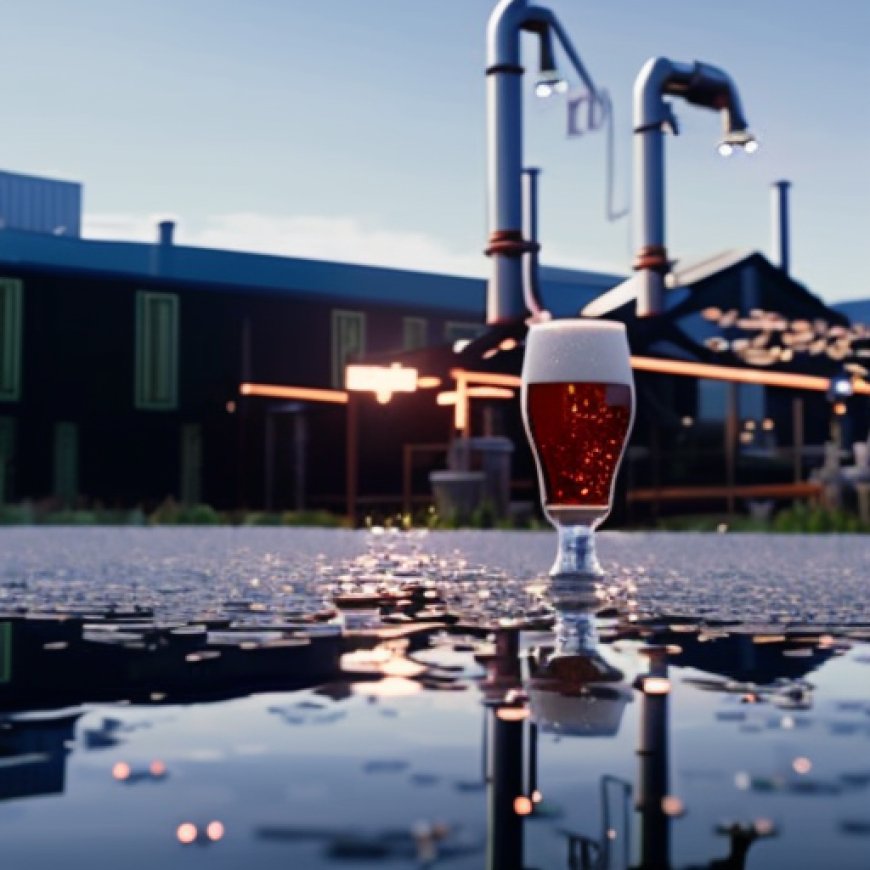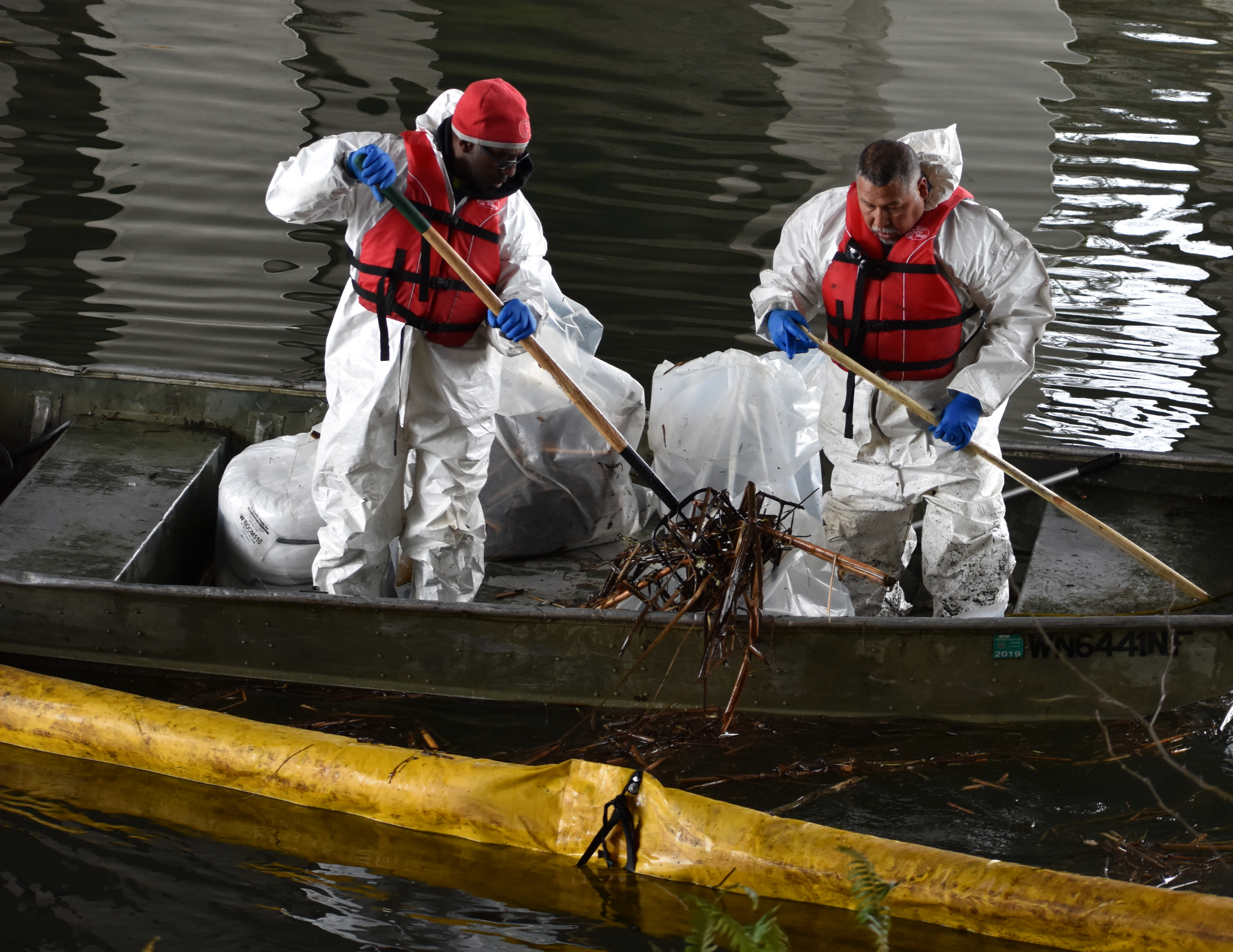Ecology, Olympia Brewery owner reach settlement over 2019 spill
Ecology, Olympia Brewery owner reach settlement over 2019 spill Washington State Department of Ecology


Settlement Agreement Reached for Former Olympia Brewery Spill

Introduction
The Washington Department of Ecology has reached a settlement agreement with Tumwater Development, LLC over penalties and costs from a 2019 spill at the site of the former Olympia Brewery.
Spill Incident and Environmental Impacts
In February 2019, an oil spill occurred at the brewery property due to a vandalized transformer. Approximately 587 gallons of oil were released, with most of it entering storm drains, Brewery Park at Tumwater Falls, and the Deschutes River. The spilled oil contained toxic polychlorinated biphenyls (PCBs), which can accumulate in the aquatic food web and pose risks to fish, wildlife, and humans.
Cleanup Efforts
Over a six-month period, responders undertook extensive measures to mitigate the spill’s impact. This included the removal of over three miles of oil-contaminated lakeshore vegetation and excavation of PCB-contaminated soil from Brewery Park at Tumwater Falls. Divers were also deployed to remove contaminated sediment from Capitol Lake.
Settlement Terms
As part of the settlement agreement, Tumwater Development, LLC will pay a $14,000 penalty and contribute $2.25 million towards reimbursing the state for its response expenses. Additionally, the company will pay a $30,430 Natural Resources Damage Assessment (NRDA) to evaluate the impacts of the spill on publicly owned resources. Tumwater Development, LLC has also committed to providing $750,000 for a restoration project in the Lower Deschutes River Watershed, in collaboration with the Squaxin Island Tribe.
Importance of Sustainable Development Goals (SDGs)
- The settlement agreement aligns with SDG 14: Life Below Water, by addressing the environmental damage caused by the spill and promoting the restoration of aquatic ecosystems.
- SDG 15: Life on Land is also supported through the restoration project in the Lower Deschutes River Watershed, which aims to enhance biodiversity and protect terrestrial habitats.
- Furthermore, SDG 6: Clean Water and Sanitation is addressed by the cleanup efforts and measures taken to prevent further contamination of water bodies.
Conclusion
“I am thankful for each party’s work on this agreement,” said Carlos Clements, Ecology’s Spill Program Manager. “Not only do we have a resolution to this long, complex cleanup operation, but we will see environmental improvement through the restoration project with the Squaxin Island Tribe.”
SDGs, Targets, and Indicators
| SDGs | Targets | Indicators |
|---|---|---|
| SDG 6: Clean Water and Sanitation | 6.3: Improve water quality by reducing pollution, eliminating dumping, and minimizing release of hazardous chemicals and materials | Not mentioned in the article |
| SDG 14: Life Below Water | 14.1: Prevent and significantly reduce marine pollution of all kinds, particularly from land-based activities, including marine debris and nutrient pollution | Oil spill containing toxic PCBs contaminating water bodies |
| SDG 15: Life on Land | 15.1: Ensure the conservation, restoration, and sustainable use of terrestrial and inland freshwater ecosystems and their services | Removal of oil-contaminated lakeshore vegetation and excavation of PCB-contaminated soil |
| SDG 17: Partnerships for the Goals | 17.17: Encourage and promote effective public, public-private, and civil society partnerships, building on the experience and resourcing strategies of partnerships | Tumwater Development, LLC paying for damages and restoration projects |
1. Which SDGs are addressed or connected to the issues highlighted in the article?
The issues highlighted in the article are connected to SDG 6: Clean Water and Sanitation, SDG 14: Life Below Water, SDG 15: Life on Land, and SDG 17: Partnerships for the Goals.
2. What specific targets under those SDGs can be identified based on the article’s content?
Based on the article’s content, the specific targets that can be identified are:
– Target 6.3: Improve water quality by reducing pollution, eliminating dumping, and minimizing the release of hazardous chemicals and materials.
– Target 14.1: Prevent and significantly reduce marine pollution of all kinds, particularly from land-based activities, including marine debris and nutrient pollution.
– Target 15.1: Ensure the conservation, restoration, and sustainable use of terrestrial and inland freshwater ecosystems and their services.
– Target 17.17: Encourage and promote effective public, public-private, and civil society partnerships, building on the experience and resourcing strategies of partnerships.
3. Are there any indicators mentioned or implied in the article that can be used to measure progress towards the identified targets?
The article mentions an oil spill containing toxic polychlorinated biphenyls (PCBs) that flowed into water bodies, which can be used as an indicator to measure progress towards Target 14.1 of SDG 14. Additionally, the removal of oil-contaminated lakeshore vegetation and excavation of PCB-contaminated soil can be indicators to measure progress towards Target 15.1 of SDG 15. The article also mentions Tumwater Development, LLC paying for damages and restoration projects, which can be an indicator of progress towards Target 17.17 of SDG 17.
Note: The article does not mention any specific indicators for Target 6.3 of SDG 6.
Behold! This splendid article springs forth from the wellspring of knowledge, shaped by a wondrous proprietary AI technology that delved into a vast ocean of data, illuminating the path towards the Sustainable Development Goals. Remember that all rights are reserved by SDG Investors LLC, empowering us to champion progress together.
Source: ecology.wa.gov

Join us, as fellow seekers of change, on a transformative journey at https://sdgtalks.ai/welcome, where you can become a member and actively contribute to shaping a brighter future.







